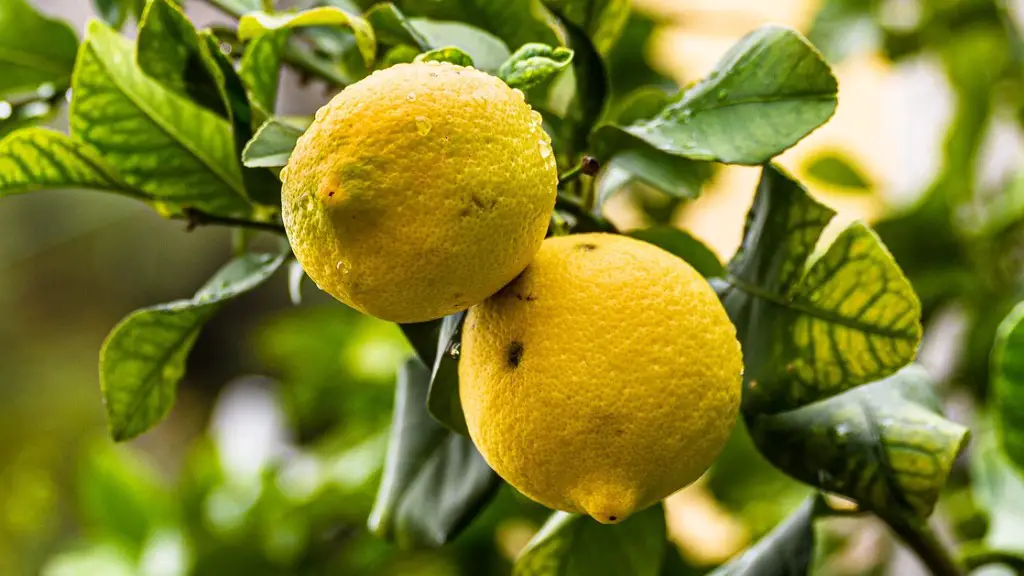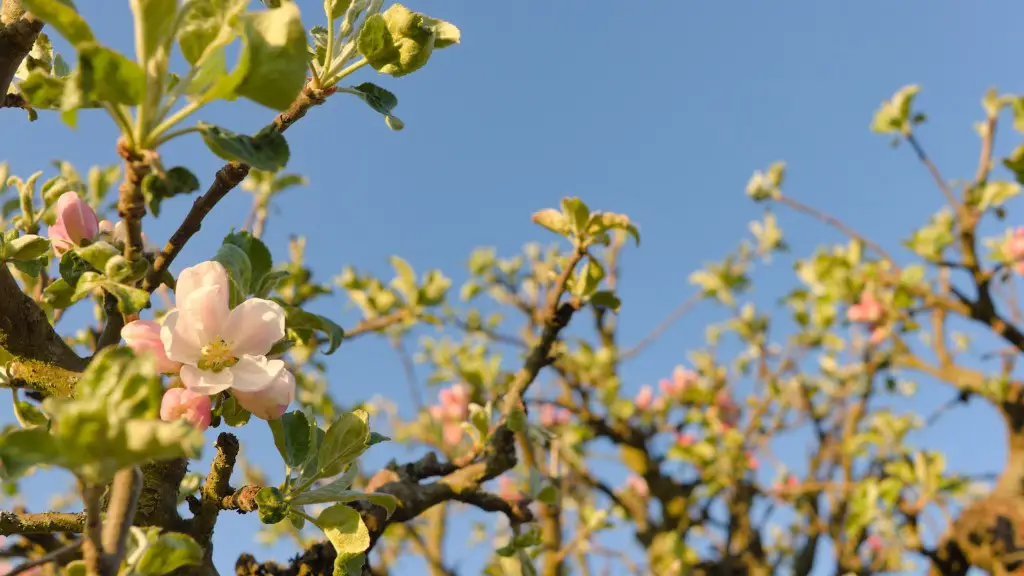Pruning a lemon tree planted in a container is critical for its health and success. As a citrus tree, the lemon is not self-fruiting, and requires trained form and pruning to produce abundant and juicy lemons. To prune a lemon tree, you will need basic pruning tools and a good understanding of how to best prune the lemon tree. Preparing the tree is the first step.
Clean the cutting tools with rubbing alcohol before starting the pruning. This will ensure a safe, clean prune that won’t carry disease from tree to tree. Prune away all dead or dying branches, starting from the lower branches and working your way up. Dead or dying branches don’t produce fruit, so should be removed for the health of the tree.
Choose four or five fruiting branches to prune. Young branches need to be shaped, to form a structure that is conducive to fruiting. Strong branches should be left and smaller, weaker branches removed. To encourage the growth of more fruits, focus the pruning around the branch tips – this will cause the branch to break and new buds will form at branch nodes.
Continue to prune by trimming the new buds at a 45-degree angle back to the branch. Pruning should not be done just once a year, as lemon trees need regular pruning to keep their fruiting healthy. Therefore, keep up the pruning at least two to three times a year, especially prior to the flowering season.
When pruning, keep the lemon tree in container in an upright position. Pruning too vigorously can cause the lemon tree to become weak, or even die. Therefore, create an even spacing between the branches, so as to not overdo any pruning. If the tree begins to look starved or gets too large for the container, it is best to transfer it to a larger container.
For best results, prune the lemon tree in the late summer to early fall period. During this time, there is adequate time before the winter season that will enable the lemon tree to grow leaves, which can provide food for the tree. Lastly, make sure you water the lemon tree appropriately, as overwatering can lead to root rot in the container.
When to Prune
A key factor to consider when pruning a lemon tree in a container is timing. To encourage more abundant growth, pruning should take place in late summer to early fall. This allows enough time before the winter season for the lemon tree to grow leaves which will provide it with food. If a tree is pruned too early or too late in the season, it will not have sufficient opportunity to become established before the cold weather sets in. Therefore, ensure proper timing when pruning a lemon tree to ensure it has the best chance of success.
Adequate Light
Citrus trees, including the lemon tree, require full sun for optimal growth. Therefore providing adequate light is essential for its success. If a container lemon tree is receiving less than six hours of sunlight per day, it should be moved to a sunnier spot as it will not fruit and may begin to suffer from lack of light. That said, in areas with intense sun, such as the desert, the lemon tree should be given shade in the hottest part of the day, as this might even be too harsh for the tree.
Proper Container Size & Soil
In general, citrus trees are suited to well-draining, slightly acidic soil. The natural pH of soil is around 7.0; to achieve slightly acidic soil, the pH should be slightly below 7.0, at around 5.5 to 6.5. Furthermore, the container that is used should be the correct size for the tree. If it is too large, the lemon tree’s roots may be unable to acquire all the necessary nutrients for growth and health. Also, over-watering should be avoided as too much water can lead to root rot in the container.
Fertilizer & Pest Control
To get the best out of the lemon tree in a container, routine fertilizing is essential. During the growing period, an all-purpose citrus fertilizer should be applied every 2-3 months. This will help in ensuring that the lemon tree has enough nutrients to grow and produce lemons. Moreover, to maintain the health of the lemon tree, pest control is also necessary. Periodically monitor the tree for signs of pests, and treat with a pest deterrent as required.
Transplanting
Sometimes, if the tree has become too large for the current container, a transplant to a larger pot might be needed. This can be done in the spring or summer period, when temperatures are warm but not too hot. While doing so, ensure that the lemon tree is watered adequately to reduce transplant shock. Additionally, the new pot should have holes at the bottom so excess water can escape. After transplanting, the lemon tree will need to be monitored closely for a few months to ensure it is coping with the change in environment.


